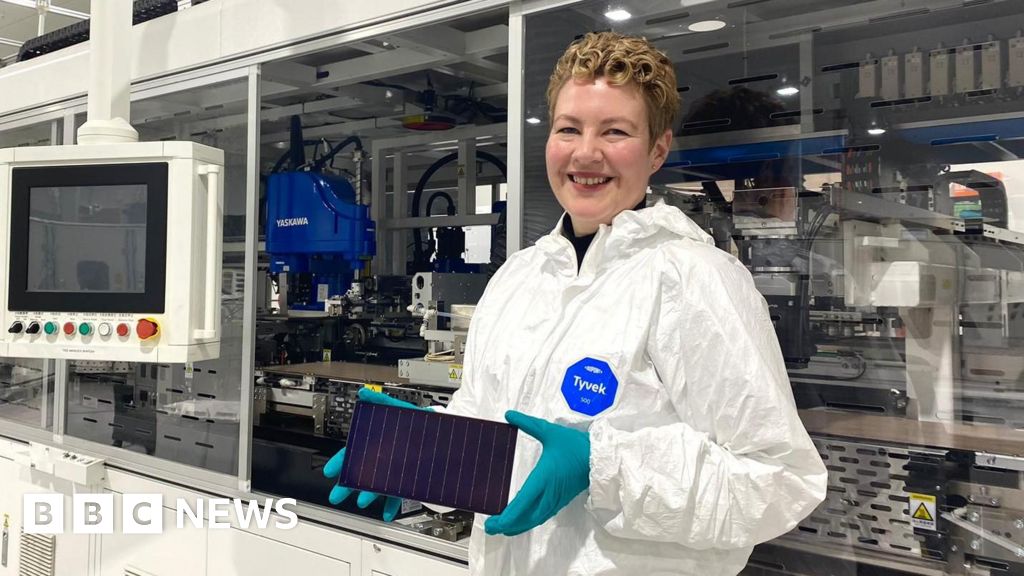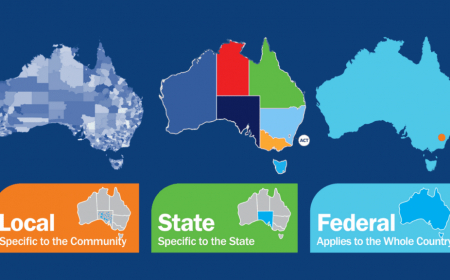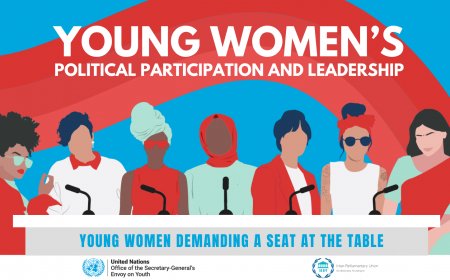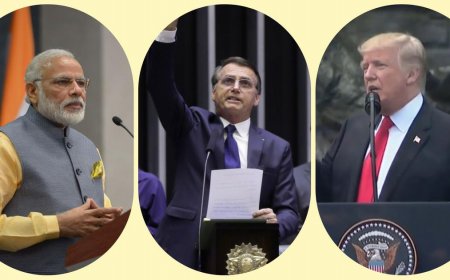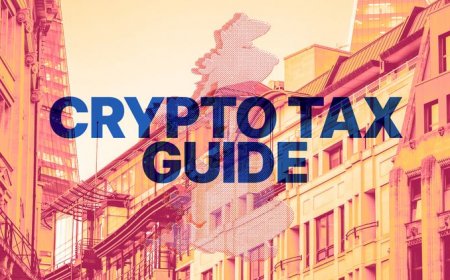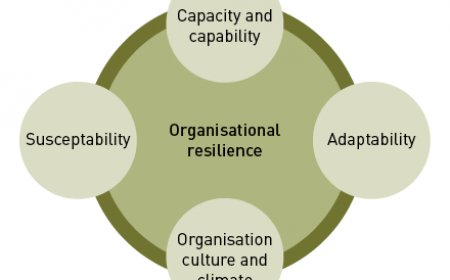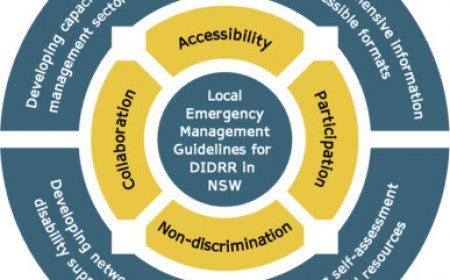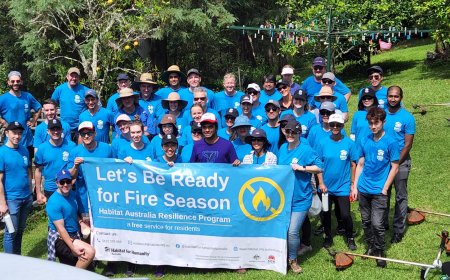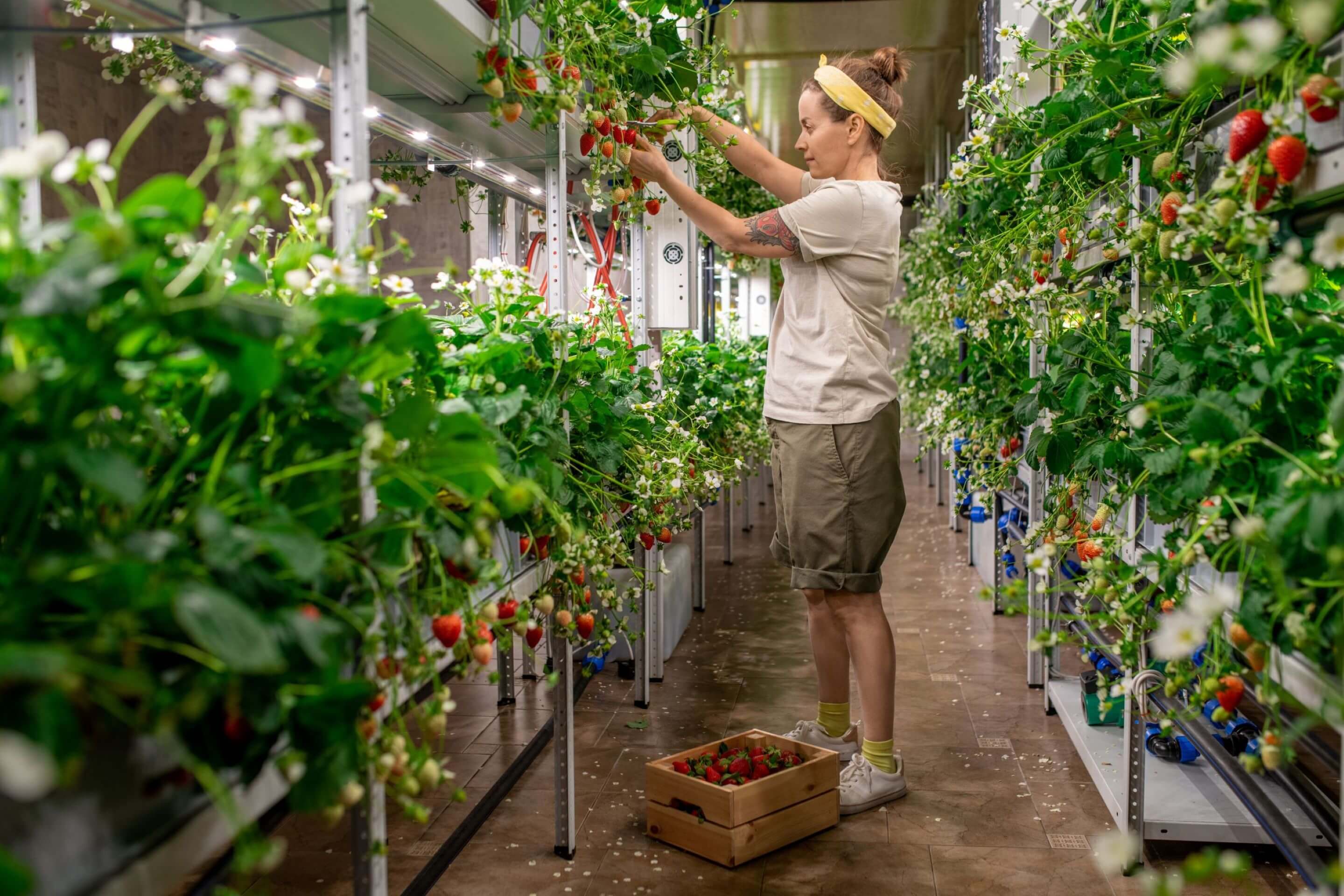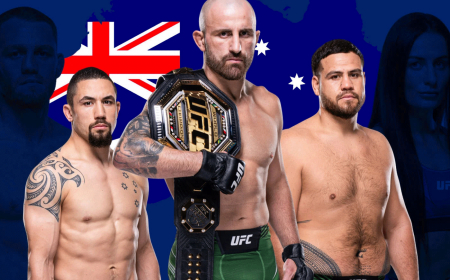Global Elections: Youth Movements Driving Political Change
Explore how youth movements are driving political change in global elections. Learn about their strategies, challenges, and successes in reshaping governance and advocating for transformative policies.
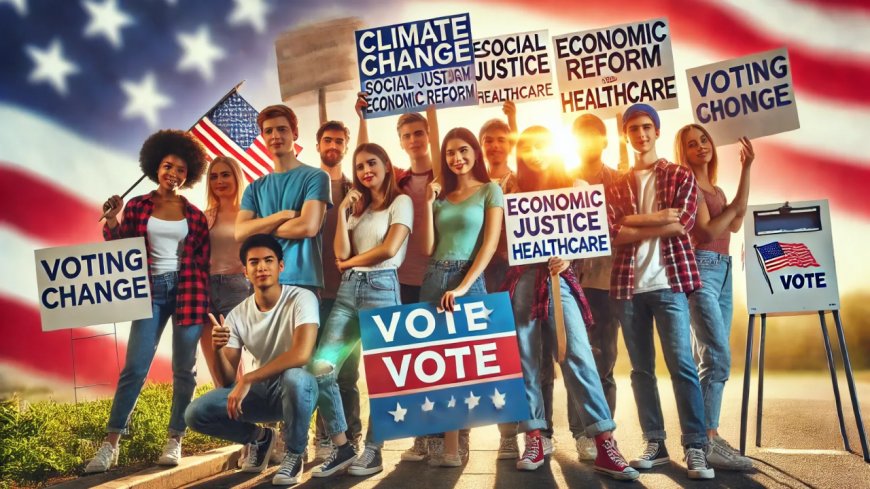
In recent years, the role of youth movements in shaping global elections has become increasingly prominent. Young people, often dismissed as politically apathetic or inexperienced, are proving to be powerful agents of change. From organizing mass protests to leveraging social media for advocacy, youth-led initiatives are redefining political landscapes worldwide. This article explores how young activists are influencing electoral outcomes, challenging entrenched systems, and driving transformative policies.
The Rise of Youth Activism: A New Era of Political Engagement
Historically, younger generations have been perceived as disengaged from formal politics, with low voter turnout and skepticism toward traditional institutions. However, this narrative is rapidly changing. Today’s youth are more informed, connected, and mobilized than ever before, driven by pressing issues like climate change, economic inequality, and social justice.
Why Are Youth Movements Gaining Momentum?
Several factors explain the surge in youth activism:
- Existential Threats : Issues such as climate change and pandemics disproportionately affect younger generations, compelling them to take action.
- Digital Connectivity : Social media platforms provide tools for organizing, amplifying voices, and holding leaders accountable.
- Education and Awareness : Increased access to information empowers young people to understand complex issues and advocate for solutions.
- Frustration with Traditional Politics : Many youths feel alienated by establishment politicians who fail to address their concerns, prompting grassroots mobilization.
Key Characteristics of Youth-Led Movements
Youth movements differ from traditional political campaigns in several ways:
- Decentralized Leadership : Unlike hierarchical organizations, these movements often operate through networks of volunteers.
- Intersectionality : Young activists frequently link diverse causes—such as racial justice, gender equality, and environmental sustainability—recognizing their interconnectedness.
- Creative Tactics : From flash mobs to viral hashtags, youth activists employ innovative methods to capture attention and inspire participation.
"Young people are not just the leaders of tomorrow; they are the changemakers of today."
Case Studies: Youth Movements Shaping Global Elections
Across continents, youth-led initiatives have played pivotal roles in electoral processes, influencing both candidates and policy agendas.
United States: March for Our Lives and Gun Control Advocacy
Following the 2018 Parkland school shooting, survivors founded March for Our Lives , a student-led movement demanding stricter gun control laws. Their efforts galvanized millions, leading to increased youth voter registration and influencing midterm elections. Candidates supportive of gun reform gained significant traction, demonstrating the power of youth advocacy.
Chile: Constitutional Reform and Student Protests
In Chile, students spearheaded protests against rising tuition fees and educational inequality. These demonstrations evolved into broader demands for constitutional reform, culminating in a historic referendum in 2020. Although the proposed constitution was ultimately rejected, the movement underscored the influence of youth in reshaping national priorities.
Hong Kong: Pro-Democracy Campaigns
Young activists were at the forefront of Hong Kong’s pro-democracy protests, advocating for universal suffrage and opposing Beijing’s encroachment on autonomy. Despite facing severe crackdowns, their resilience inspired global solidarity and highlighted the courage of youth in defending democratic values.
India: Farmers’ Protests and Youth Solidarity
While primarily led by farmers, India’s 2020-2021 protests saw significant youth involvement. Students and young professionals organized supply chains, provided legal aid, and amplified messages online. Their efforts pressured the government to repeal controversial agricultural laws, showcasing intergenerational collaboration.
How Youth Movements Influence Electoral Outcomes
Youth movements impact elections through various channels, ranging from voter mobilization to policy advocacy.
1. Voter Registration Drives
Organizations like Rock the Vote (USA) and Bite Back Movement (UK) focus on registering young voters, ensuring their voices are heard at the ballot box. Increased youth turnout can sway close races and shift party platforms.
2. Grassroots Campaigning
Young activists often volunteer for progressive candidates, knocking on doors, hosting virtual events, and creating content tailored to their peers. This peer-to-peer outreach fosters trust and enthusiasm among first-time voters.
3. Policy Demands
By articulating clear policy priorities, youth movements pressure candidates to adopt specific stances. For example, climate-focused groups like Fridays for Future push for ambitious green agendas, making environmental commitments a litmus test for support.
4. Social Media Amplification
Platforms like TikTok, Instagram, and Twitter enable young activists to bypass traditional media gatekeepers. Viral campaigns highlight injustices, promote candidates, and encourage civic engagement.
Challenges Faced by Youth Movements
Despite their successes, youth movements encounter numerous obstacles that hinder their effectiveness.
1. Institutional Barriers
Older generations dominate most political systems, marginalizing younger voices. Age restrictions on candidacy and voting eligibility further limit youth participation.
2. Misinformation and Disinformation
Social media, while a powerful tool, also spreads false narratives designed to discredit activists or sow division. Navigating this landscape requires vigilance and digital literacy.
3. Burnout and Fatigue
Sustained activism takes a toll on mental health. Many young leaders face exhaustion, harassment, or even arrest, testing their resolve.
4. Lack of Resources
Unlike established parties, youth movements often lack funding, infrastructure, and institutional backing, constraining their ability to scale operations.
Strategies for Sustaining Youth-Led Political Change
To maximize their impact, youth movements must adopt strategies that address these challenges while building long-term momentum.
1. Coalition Building
Partnering with allied organizations amplifies reach and resources. For instance, environmental groups collaborate with labor unions to advance shared goals.
2. Mentorship Programs
Connecting young activists with experienced mentors provides guidance and fosters leadership development.
3. Digital Security Training
Equipping participants with skills to combat cyber threats ensures safer online activism.
4. Policy Education
Teaching young people about legislative processes empowers them to engage effectively with policymakers.
5. Celebrating Wins
Acknowledging victories, no matter how small, boosts morale and reinforces commitment to the cause.
Global Perspectives on Youth-Led Political Change
Examining regional dynamics reveals distinct patterns in how youth movements operate and succeed.
Europe: Climate Strikes and Green Policies
Greta Thunberg’s Fridays for Future movement sparked continent-wide strikes, pressuring EU leaders to commit to carbon neutrality by 2050. Youth pressure has also influenced national elections, with green parties gaining ground in Germany and Sweden.
Africa: Tech-Savvy Activism
Young Africans harness technology to tackle corruption and unemployment. In Nigeria, the #EndSARS protests utilized encrypted apps to coordinate actions and evade surveillance, illustrating adaptability under oppressive regimes.
Middle East: Arab Spring Legacy
Though initial uprisings faced setbacks, youth continue to drive dissent. In Lebanon and Sudan, young protesters demand accountability and systemic reforms, keeping revolutionary spirit alive.
Latin America: Feminist Movements
Groups like Ni Una Menos (Not One Less) campaign against gender-based violence, influencing legislation and cultural norms. Their work highlights the intersection of feminism and electoral politics.
Conclusion: The Future Belongs to the Bold
Youth movements are proving that age is no barrier to effecting meaningful political change. By combining passion, creativity, and strategic thinking, young activists are reshaping global elections and challenging outdated paradigms. As they continue to rise, their influence will only grow stronger, heralding a new era of inclusive and dynamic governance.
FAQs
-
What defines a youth movement?
- A youth movement consists of young individuals advocating for social, political, or economic change, often using grassroots tactics.
-
How do youth movements affect elections?
- Through voter registration drives, grassroots campaigning, policy advocacy, and social media amplification.
-
Which countries have seen significant youth-led political changes?
- Examples include the U.S., Chile, Hong Kong, and India, where youth activism has shaped electoral outcomes and policies.
-
What challenges do youth movements face?
- Institutional barriers, misinformation, burnout, and limited resources.
-
How can youth sustain their political impact?
- By building coalitions, seeking mentorship, enhancing digital security, educating themselves on policy, and celebrating wins.
-
Is social media essential for youth movements?
- Yes, it serves as a vital platform for organizing, raising awareness, and countering misinformation.
-
Do youth movements always align with progressive causes?
- Not necessarily; some advocate conservative or nationalist agendas depending on context.
-
How can older generations support youth activism?
- By mentoring, providing resources, amplifying their voices, and respecting their perspectives.
-
What role does education play in youth political engagement?
- Education equips young people with critical thinking skills and knowledge needed to participate meaningfully in politics.
-
Can youth movements achieve lasting change?
- Yes, when combined with strategic planning, coalition building, and persistence over time.
What's Your Reaction?
 Like
0
Like
0
 Dislike
0
Dislike
0
 Love
0
Love
0
 Funny
0
Funny
0
 Angry
0
Angry
0
 Sad
0
Sad
0
 Wow
0
Wow
0


